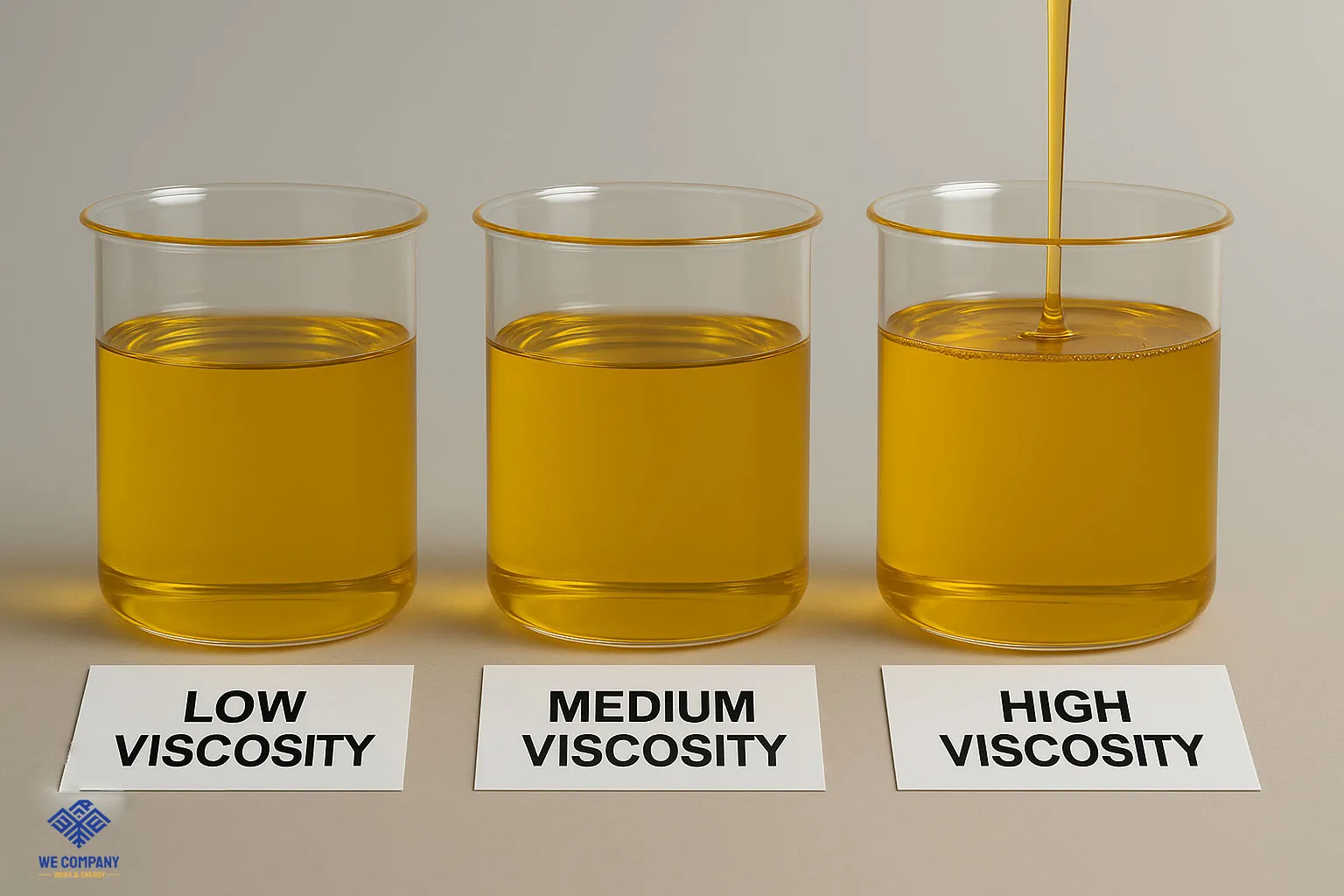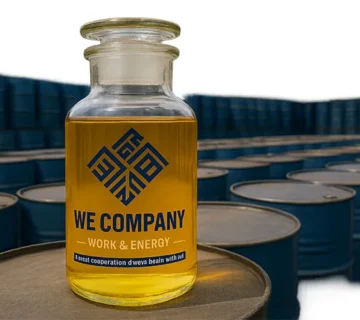Understanding Base Oil Viscosity of Grease — A Complete Guide
When selecting industrial lubricants, especially grease, one of the most important properties to understand is the base oil viscosity. Whether you’re maintaining heavy machinery or formulating new products, knowing the right viscosity ensures better performance, reduced wear, and extended equipment life.
In this article, we’ll explain what base oil viscosity in grease means, why it matters, and how to choose the correct grade for your application.
What is Base Oil Viscosity in Grease?
Grease is a semi-solid lubricant composed of base oil, a thickener (often soap-based), and additives. The base oil viscosity refers to the thickness or resistance to flow of the oil portion inside the grease.
Even though grease looks solid, the base oil is the actual working fluid responsible for lubricating surfaces and reducing friction. Its viscosity is typically measured in centistokes (cSt) at 40°C and 100°C.
Why is Base Oil Viscosity Important for Grease?
Choosing the correct base oil viscosity ensures:
✅ Proper film strength under operating loads
✅ Optimal flow characteristics at various temperatures
✅ Extended bearing and component life
✅ Reduced friction and wear
✅ Improved energy efficiency
If the base oil viscosity is too low, the grease won’t offer enough protection under load. If it’s too high, it can create excessive drag and heat buildup.
Common Base Oil Viscosity Grades in Grease
| Application | Typical Base Oil Viscosity (cSt at 40°C) |
|---|---|
| High-Speed Bearings | 60 – 100 cSt |
| General Purpose Grease | 100 – 220 cSt |
| Heavy Machinery | 220 – 460 cSt |
| Extreme Pressure Grease | 460 – 1000+ cSt |
The ideal base oil viscosity depends on equipment speed, load, and temperature. Higher speeds require lower viscosity, while higher loads demand thicker oil films.
Factors Influencing Grease Performance
- Operating Temperature: Higher temperatures reduce oil viscosity, while lower temperatures increase it.
- Load & Speed: Higher loads benefit from higher viscosity; high-speed bearings require lower viscosity.
- Application Type: Whether it’s automotive, industrial, marine, or aerospace, each sector has standard viscosity preferences.
Base Oil Viscosity vs. NLGI Grade
A common misconception is to confuse NLGI grade with base oil viscosity.
- NLGI Grade refers to the consistency (thickness) of the grease as a whole.
- Base Oil Viscosity refers only to the viscosity of the oil portion inside the grease.
For example:
A NLGI 2 grease (common for bearings) might use a base oil of 100 cSt or 220 cSt, depending on the application.
Selecting the Right Grease Base Oil Viscosity
When choosing a grease, match the base oil viscosity to:
- Temperature Range: Hot environments demand higher viscosity to maintain film strength.
- Load Conditions: Higher loads require a thicker oil film.
- Speed Factor (DN value): Higher speeds need lower viscosity oils.
If you’re unsure, manufacturers often publish technical data sheets (TDS) which specify the base oil viscosity.
Final Thoughts
The base oil viscosity of grease is a critical parameter for lubrication success. By selecting the right viscosity, you ensure:
- Enhanced protection against wear
- Stable performance across temperature ranges
- Reduced maintenance downtime
- Energy-efficient equipment operation
📞 Need Help Choosing the Right Grease?
At Work and Energy Company (WE Co.), we supply top-quality base oils used for grease manufacturing, including:
Our technical team can help you select the proper grade for your industrial or automotive applications.
🌐 Contact Us Today:
WhatsApp: (+971) 585992028
Phone: (+971) 58 599 20 28
Email: info@workandenergy.com
Office Address: No. 106, Sabkha Tower, Deira, Dubai, UAE
Explore our full product range in the Base Oil Archive and let us help you supply the perfect base oil for your grease production needs!






No comment